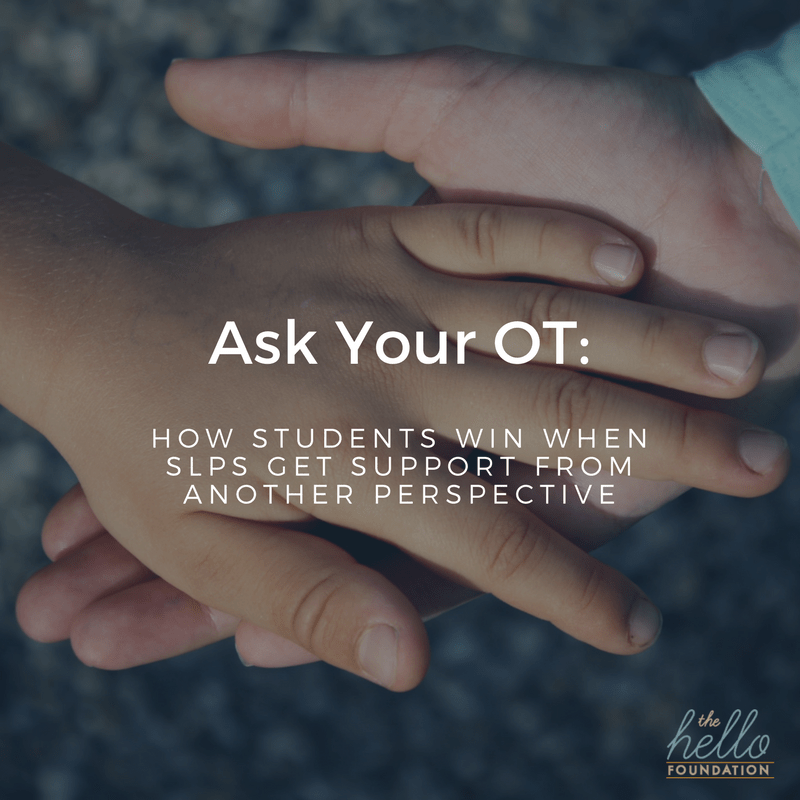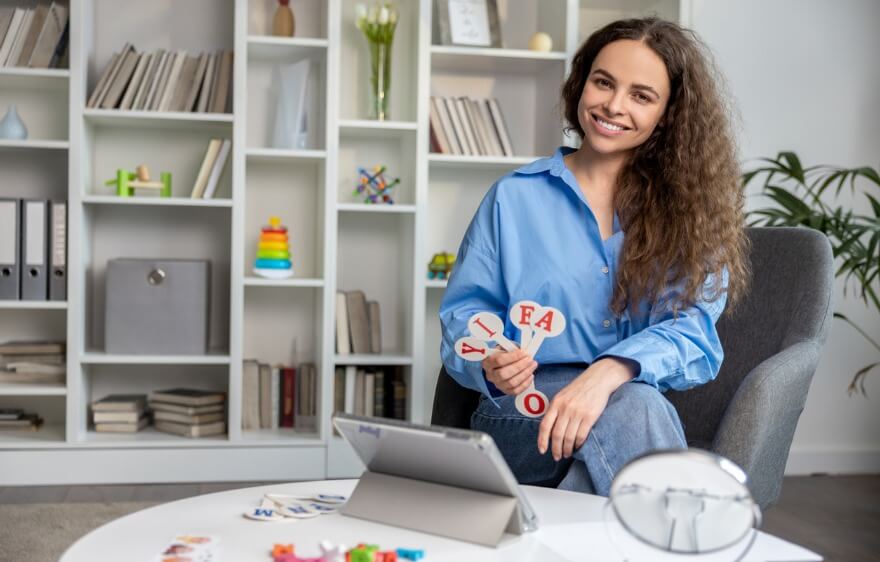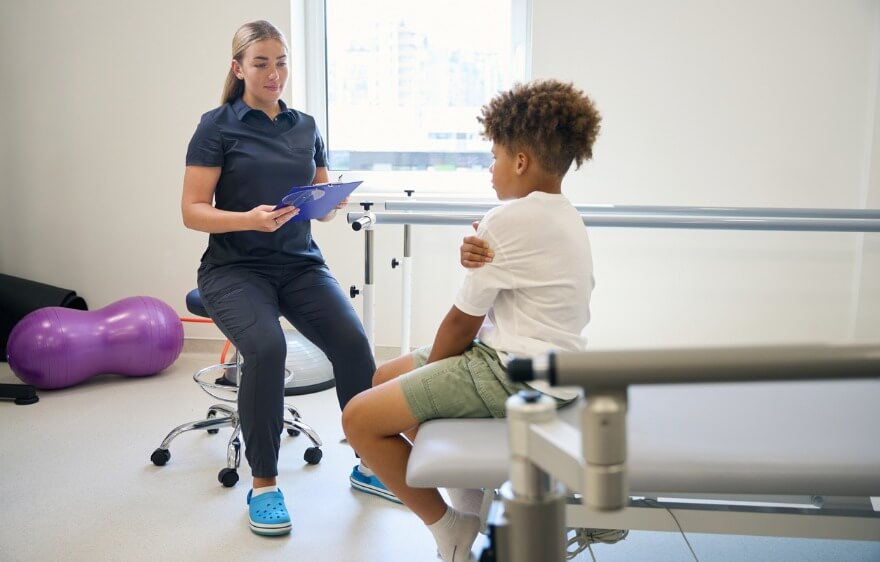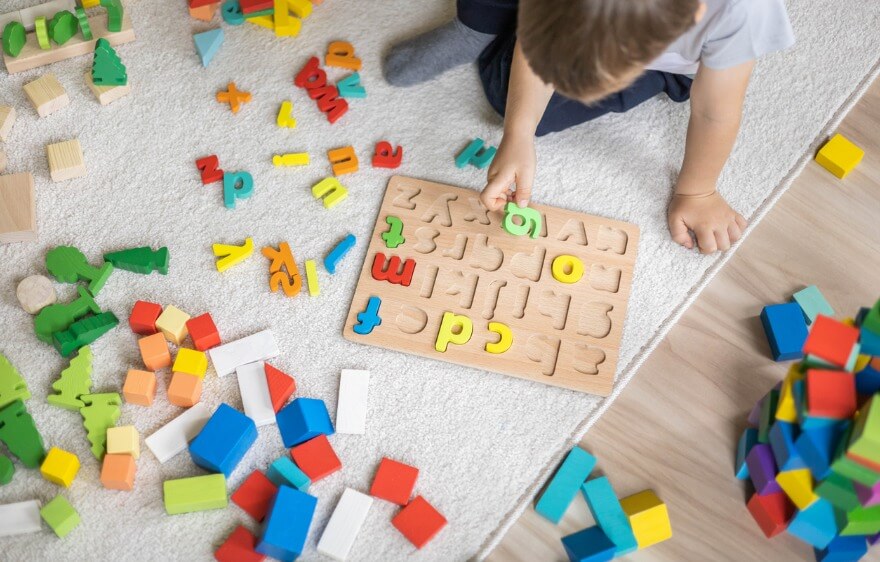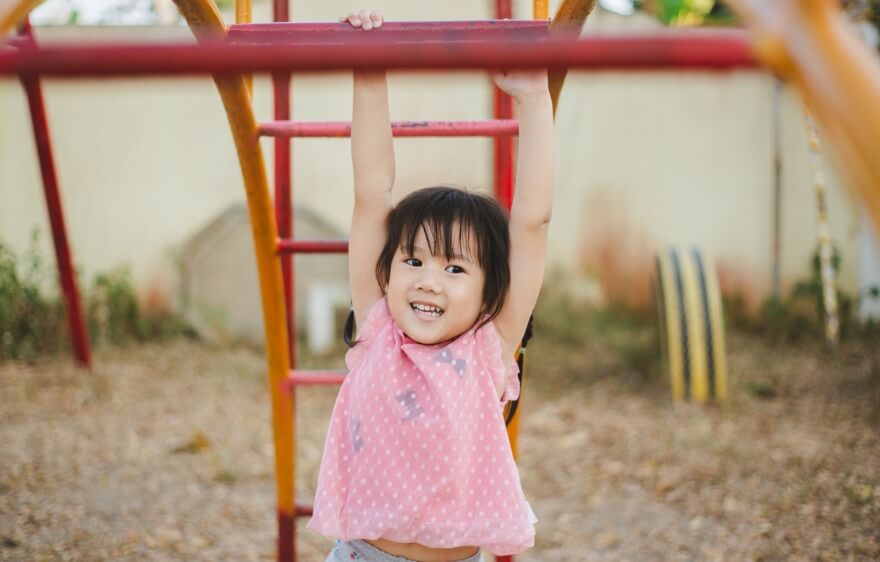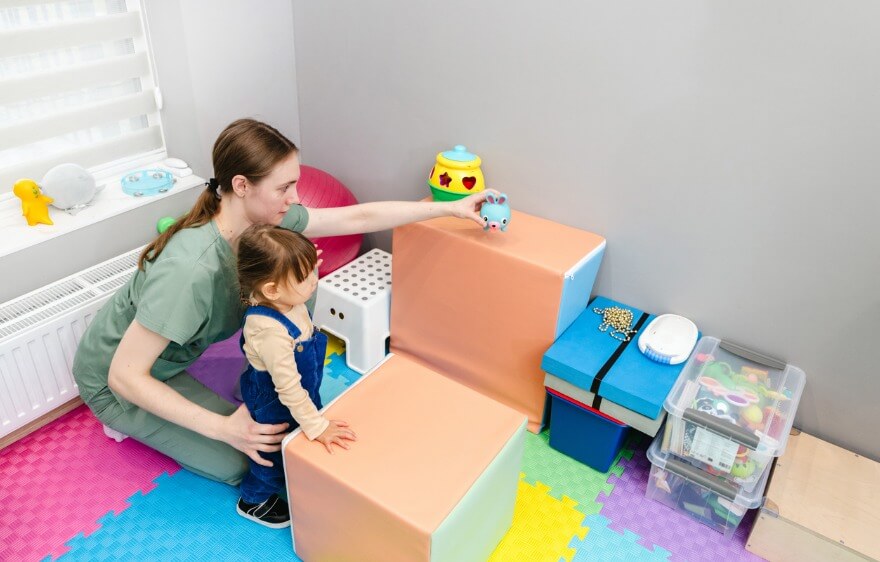April is Occupational Therapy Month! The American Occupational Therapy Association is celebrating this year as the year of empowering independence for their clients — certainly a goal SLPs and OTs share! In that spirit, I thought I might offer some of the ways I work with my OT partners to improve service for kids across their days.
Let me get one thing out of the way. Speaking as an SLP myself, in my experience, SLPs have been known to trend towards an obsession with communication. We’re attuned to focus on speech, syntax, vocabulary, and the physiology of the mouth, and in doing so, we just might lose sight of the bigger picture — because kids are complex! What we see in the speech room as trouble with a specific language issue might very well be exacerbated or complicated by other issues such as attention, handwriting, routines, or environment. Seeing kids as a beautiful and complex tapestry is where a great OT partner can help me shine as an SLP.
For example, my assistant and I spent several months with an incoming kindergartner we’ll call Rachel, addressing breath control, volume, and rate for improved speech production and intelligibility. We knew that her breath production was key — it was an obvious and natural deficit in our observation — but try as we might, Rachel was dependent on our prompts and was struggling to generalize strategies at all.
I connected with Rachel’s OT on this specific issue and she was able to fashion a riser for Rachel’s feet along with back support to better position Rachel for consistent breath production. We had been focused on breathing and vocalizations and hadn’t thought about starting with her feet! As a result of better positioning, we’ve seen her make great strides and have been able to back off of speech services for Rachel substantially!
This support goes the other way, too. I love it when I get to support OTs in their work with kids.
Malcolm is a third-grade student who recently received a new communication device. He’s doing well with it one-on-one in the speech room. But in the classroom, small group work with a group of third graders is unpredictable, and it’s tough for Malcolm to practice simple choice making and requesting.
We decided to transition this to his handwriting group, practicing with his OT using his communication device in novel ways, building his new set of skills in a setting that turned out to be less predictable than his speech work, increasing engagement and participation during handwriting group, and helping to truly accelerate his progress with his AAC device!
Working in partnership with a team of smart occupational therapists has taken my work as an SLP to a new level for students we share and even those we don’t. Working together on feeding protocols, communication routines, developing visual schedules, and working on sensory tools to support task engagement, all of these functions are made richer when the collective experience of the SLP and OT comes together. Occupational therapists are valuable brainstorming and problem-solving partners because of their different perspectives and the creative approaches they bring.
In honor of Occupational Therapy Month, take ten minutes to think through your caseload and ask yourself: How might my work with these students benefit from the perspective of an OT? And as an SLP, how might you reach out to your OT to use their experience in new and novel ways in your work with kids? I promise — you’ll open new doors as a result!
